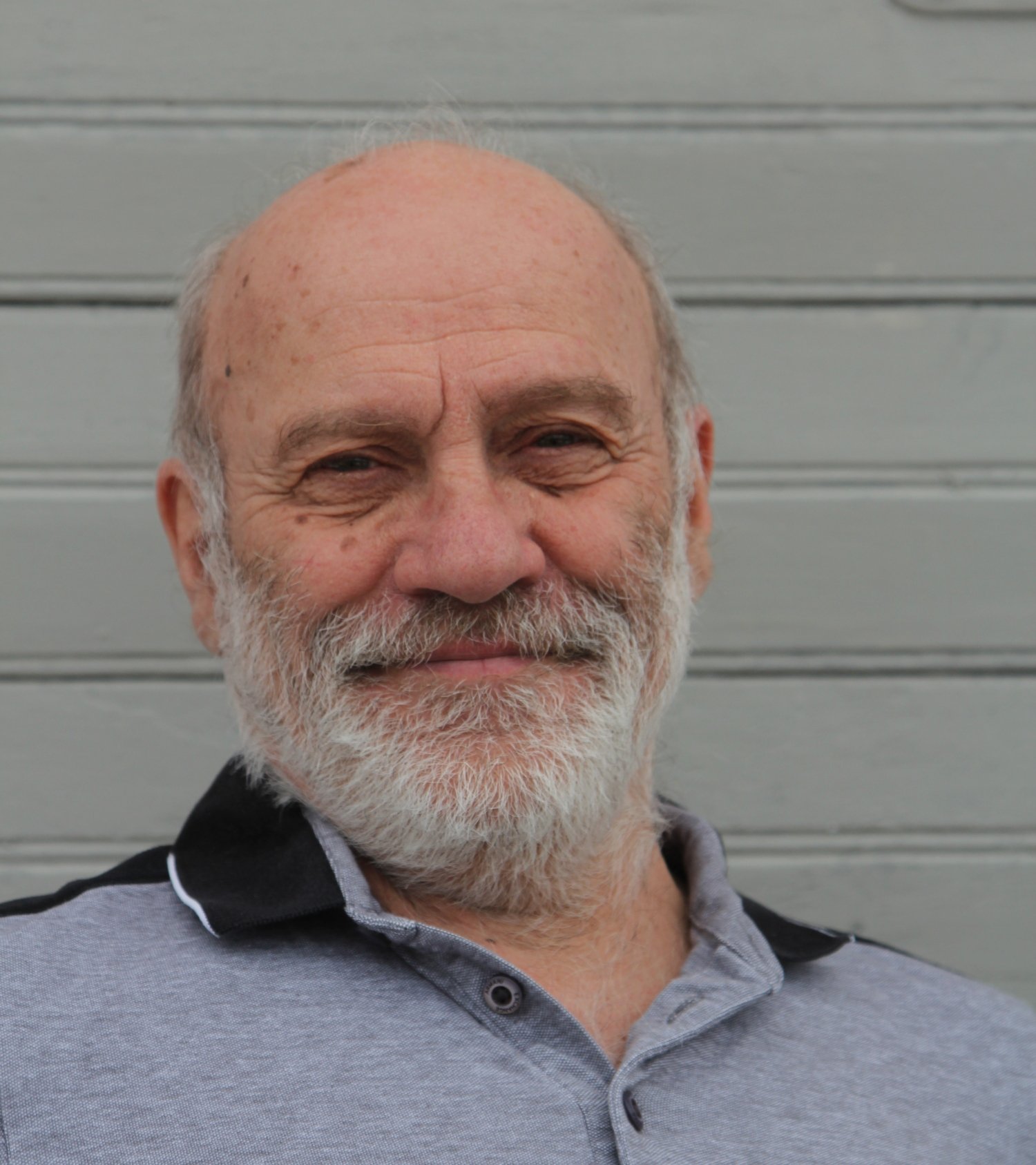KI-report on costs of dementia diseases to the Ministry of Health and Social Affairs

The report 'Antalet demenssjuka och kostnader för demenssjukdomar i Sverige 2023', commissioned by the Ministry of Health and Social Affairs last autumn, was recently presented to Anna Tenje, Minister for Older People and Social Security. KI researchers Anders Wimo and Amaia Calderón-Larrañaga have been primarily responsible for the report, which shows a forecast with a great increase for the number of people with dementia by 2050 and for the heavy financial responsibility of municipalities.
In September 2024, the Ministry of Health and Social Affairs contacted Karolinska Institutet (KI) with a request for current data on the incidence, prevalence, and costs of dementia. A working group was then set up within the framework of the SNAC project (Swedish national study on aging and care).
For data on the costs of dementia, the researchers behind the report ‘Demenssjukdomarnas samhällskostnader i Sverige 2019’ at the Department of Neurobiology, Care Sciences and Society (NVS) at KI were contacted.
Important basis for the right support
The results of the working group, the report entitled Antalet demenssjuka och kostnader för demenssjukdomar i Sverige 2023 (‘The number of people with dementia and the costs of dementia in Sweden in 2023’), were finalised in March and have now been presented at two meetings at the Ministry of Social Affairs. These were attended by the Minister for Older People and Social Security, Anna Tenje, among others.
“The government has taken several important steps to address this trend, but more needs to be done. Among other things, we have presented a developed national dementia strategy and increased resources for the Swedish Dementia Centre. Research is also making progress – today we can prevent dementia, but I am convinced that in the future we will be able to cure it. The report is an important basis for increasing knowledge so that people with dementia receive the right support at the right time – now and in the future,” says Anna Tenje, Minister for Older People and Social Security.
Clear increase by 2050
The report consists of three parts: a literature review, estimation of dementia prevalence and estimation of costs. The literature review on trends in age-specific dementia prevalence in Sweden showed no clear picture.
Based on data from SNAC and various methods for estimating dementia prevalence, the researchers estimate that in 2023 there were 130 000-150 000 people with dementia in Sweden, of whom approximately 64 000-65 000 were in specialised housing. A simplified demographic projection gives around 230 000-270 000 people with dementia in 2050.
High costs for municipalities
The social costs of people with dementia in 2023 are estimated to be in the range of SEK 90-100 billion, of which around 85 per cent will be in the municipal sector, where specialised care homes are a major item.

“The current and future care of people with dementia is a major challenge for municipalities in particular,” says Professor Anders Wimo, who together with Associate Professor Amaia Calderón-Larrañaga was the main author of the report.
About 78 per cent of the total costs are estimated to be due to the dementia diseases themselves. However, the researchers emphasise that there are major methodological challenges, and that more knowledge is needed.

“Larger studies with better representation of older people living in specialised housing are needed to clarify trends in dementia prevalence,” says Associate Professor Amaia Calderón-Larrañaga.
